
Only 0.5 percent of the U.S. population can say they’ve run a marathon, or 26.2 miles. Carolyn Smith, director of Student Health Service, has run more than 130 miles in a single race.
Smith, 47, started running at 13, and since then has run every sort of distance ranging from a simple mile to the 24-hour run.
“I ran competitively in high school and college,” Smith said. “Post-collegiately I ran marathons and participated in the U.S. Olympic Marathon trials in 1988. I had always been intrigued by ultramarathons after crewing for a few events.”
She ran her first ultramarathon, the 50-mile Ice Age Trail race in LaGrange, Wis., in 2002.
Smith said the book, “To the Edge: A Man, Death Valley, and the Mystery of Endurance,” inspired her to run the Badwater 135 Ultramarathon. In 2002, she accomplished her goal and completed the Badwater 135, a race which spans the deserts of Death Valley, Cal. to Mt. Whitney, Cal.
She is a former 24-hour and 100 km (about 62 miles) national champion. She has represented the U.S. national team on two 24-hour teams in 2005 and 2007 and is a five time 100 km national team member.
Smith also placed first overall for the women’s division in the Fall 50, a 50-mile run in Door County, with a time of 6:33:15 this year.
“I will continue to run as long as it is fun,” Smith said. “When I no longer find it gratifying, I likely will gravitate to something else. I hope to remain competitive on the world stage, continue to set age-group records, and participate in events such as the Leadville 100 and the Comarades Ultramarathon.”
Another race Smith would still like to complete is the Trans-America Run, a multi-day event starting in Washington state and ending in Delaware.
Smith said every race presents an opportunity to celebrate the success of her hard work and commitment.
“Ultrarunning provides the opportunity to explore new territory mentally and physically,” Smith said. “Like many ultrarunners before me, I possess an inner drive to push into the unknown, and I find fulfillment when testing my limits.”
Smith said to be able to run these long distances, one has to set realistic goals and systematically train.
“Most runners get injured, and as a result subsequently give up the sport, because of training mistakes – running too much, too fast,” Smith said.
Markus Roeders, coach of the women’s soccer team, frequently asks Smith to speak to his team.
“She is among the very best in the world,” Roeders said. “When you have somebody like that you can draw from, you do it. I think every time you listen to her and talk to her and put in perspective from her running, you’re a little bit in awe because she is so exceptional in what she is able to do.”
Roeders said Smith is a truly exceptional athlete.
“You’re talking about somebody who is running about 100 miles, 50 miles, 24-hour races in a circle running for six hours straight. It’s almost like it is another level,” Roeders said. “Not many people are able to obtain that.”
Smith is currently training for her next 100k national championship in five months.
Roeders is hoping that he can take his team to cheer her on.
“If I have the time and I can be there, I will be her biggest supporter,” Roeders said.
Smith also recently co-authored a book titled “Running for Women,” a book that serves as a comprehensive resource explaining what makes female runners unique and how the differences in gender affect training, performance, health and wellness.


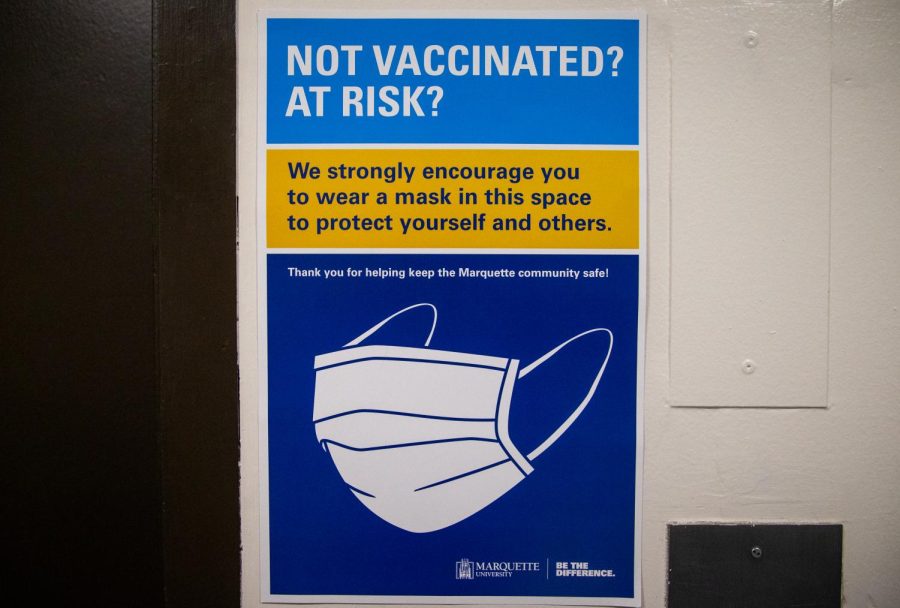

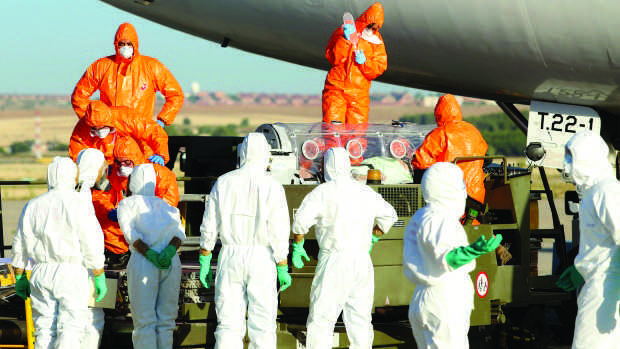
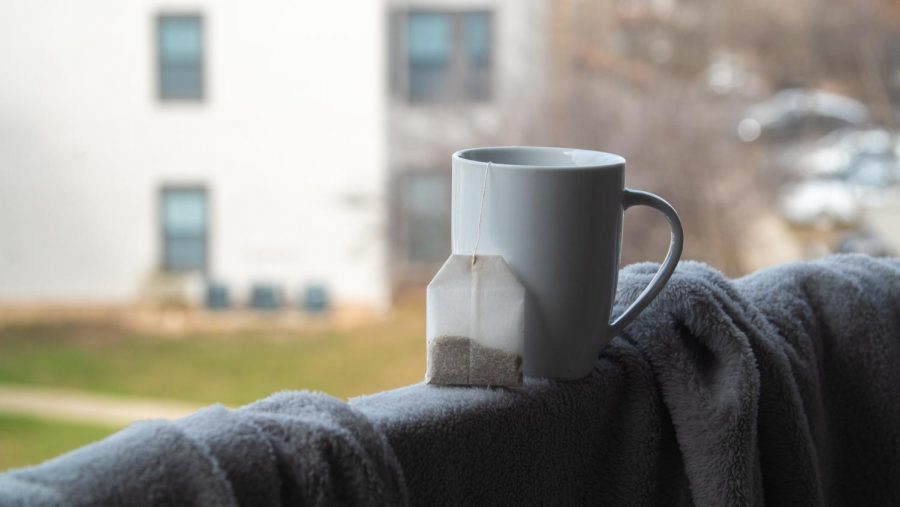

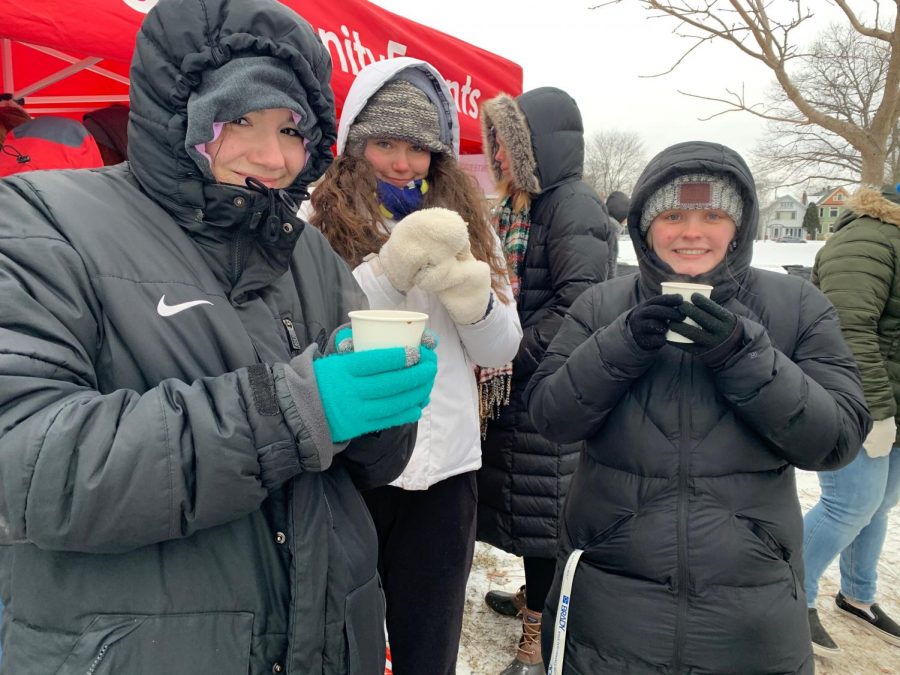
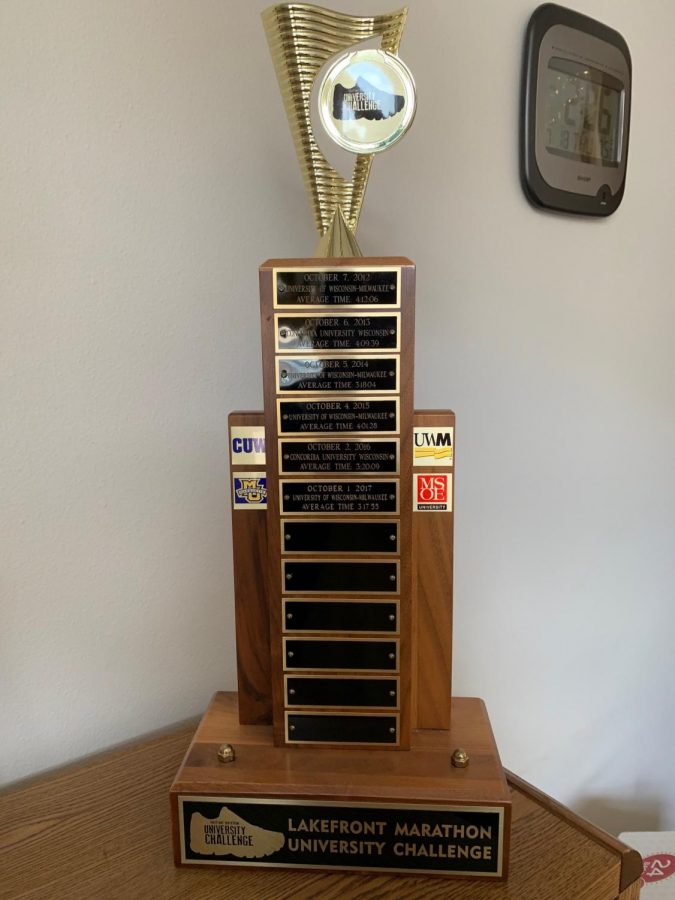
cq • Oct 23, 2012 at 1:06 pm
Great, inspiring article from my home state! Yeah!!